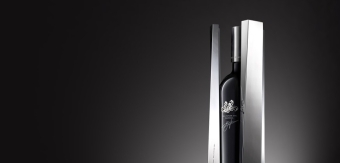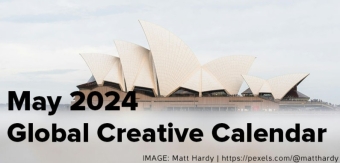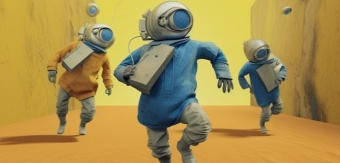In the creative industries, the terms "green" and "sustainable design" are often used interchangeably. However, there are subtle but significant differences between these two concepts it might be important to understand if you’re a brand looking to boost your eco-friendly credentials. Today, I’ll be taking a deep dive into the murky waters of green sustainability and trying to figure out exactly what makes something green and what makes something sustainable.
Green Design: A Focus on Environmental Impact
Green design primarily focuses on minimizing environmental harm. It involves using materials, processes, and practices that are not detrimental to the environment. In the context of the creative industries, green design can be seen in the choice of eco-friendly materials such as recycled paper in graphic design or non-toxic paints in an advertising set.
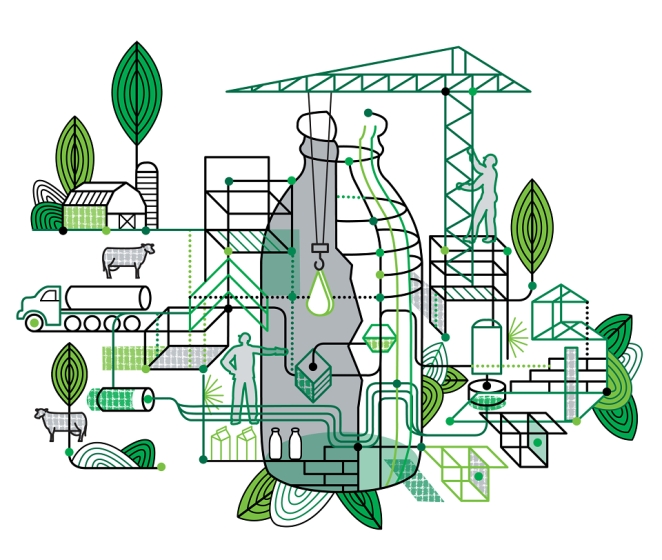
For instance, a graphic designer choosing to use paper sourced from sustainable forests and printed with soy-based inks is practicing green design. Similarly, in advertising campaigns, the move towards digital formats over physical billboards to reduce material waste exemplifies green design principles.
Sustainable Design: A Broader Perspective
Sustainable design encompasses a broader scope. While it includes the principles of green design in reducing environmental impact, it also considers the economic and social aspects of sustainability. Sustainable design aims to meet current needs without compromising the ability of future generations to meet theirs. It is about creating systems and practices that are viable and beneficial over the long term.
In practice, sustainable design in the creative industries means developing products and solutions that are durable, efficient, and adaptable. For example, an advertising agency practicing sustainable design might develop a campaign strategy that not only uses green materials but also promotes sustainable behaviours among consumers.
Economic and Social Dimensions
Sustainable design integrates economic and social dimensions by fostering practices that support fair trade and labour rights. It promotes the local economy and small businesses within the design and production process. For example, a design firm might prioritize working with local artisans and craftspeople who use traditional, sustainable methods.
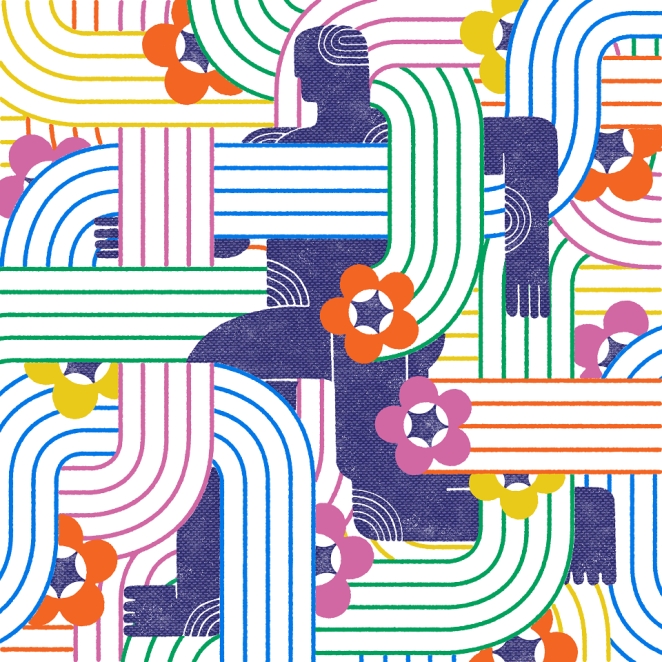
Socially, sustainable design in the creative industries looks to foster inclusivity and community engagement. Campaigns are developed with the idea of social equity, ensuring that marketing messages are accessible to all segments of society and encourage positive social change.
Longevity and Adaptability
Another key aspect of sustainable design is its focus on longevity and adaptability. This means designing products or systems that are meant to last and that can evolve over time. In the digital design realm, this could mean creating content that is timeless and adaptable to various platforms, reducing the need to continually create new content from scratch.
Measuring Impact
The measurement of the impact of green and sustainable designs also differs. Green design initiatives are often measured by their immediate environmental benefits, such as the reduction in the use of non-renewable resources or the decrease in waste production. Sustainable design’s impact, however, is gauged by long-term indicators, including the lifecycle of the product and the broader social changes it stimulates.
Challenges in Implementation
Implementing green and sustainable design in the creative industries is not without challenges. One of the main obstacles is cost. Eco-friendly materials can be more expensive, and the research and development needed to implement sustainable practices can be cost-prohibitive for smaller studios. Additionally, there is often a lack of knowledge or awareness about sustainable practices and their benefits, which can hinder adoption.
The Role of Creatives
Creatives have a unique role in driving the shift towards more sustainable practices. Through innovative design and compelling advertising, they can raise awareness about sustainability issues and influence public behaviour and perceptions. Creatives are also in a position to challenge industry norms and push for changes in practices that prioritize sustainability.
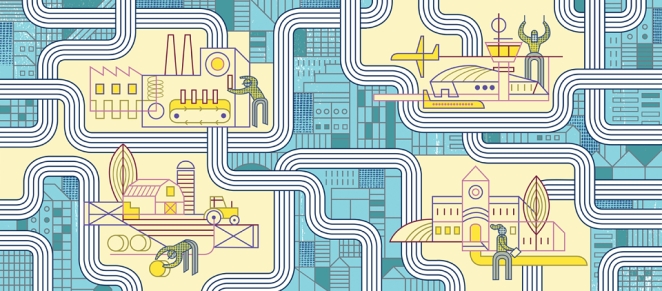
It’s not up to us entirely, of course, but as thought leaders, game changers and visionaries, we’re perhaps better placed than anyone to set the standards and push things forward.



